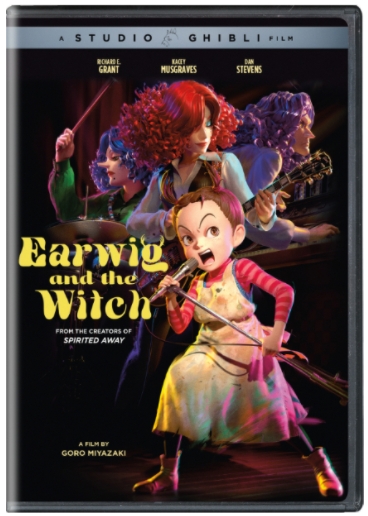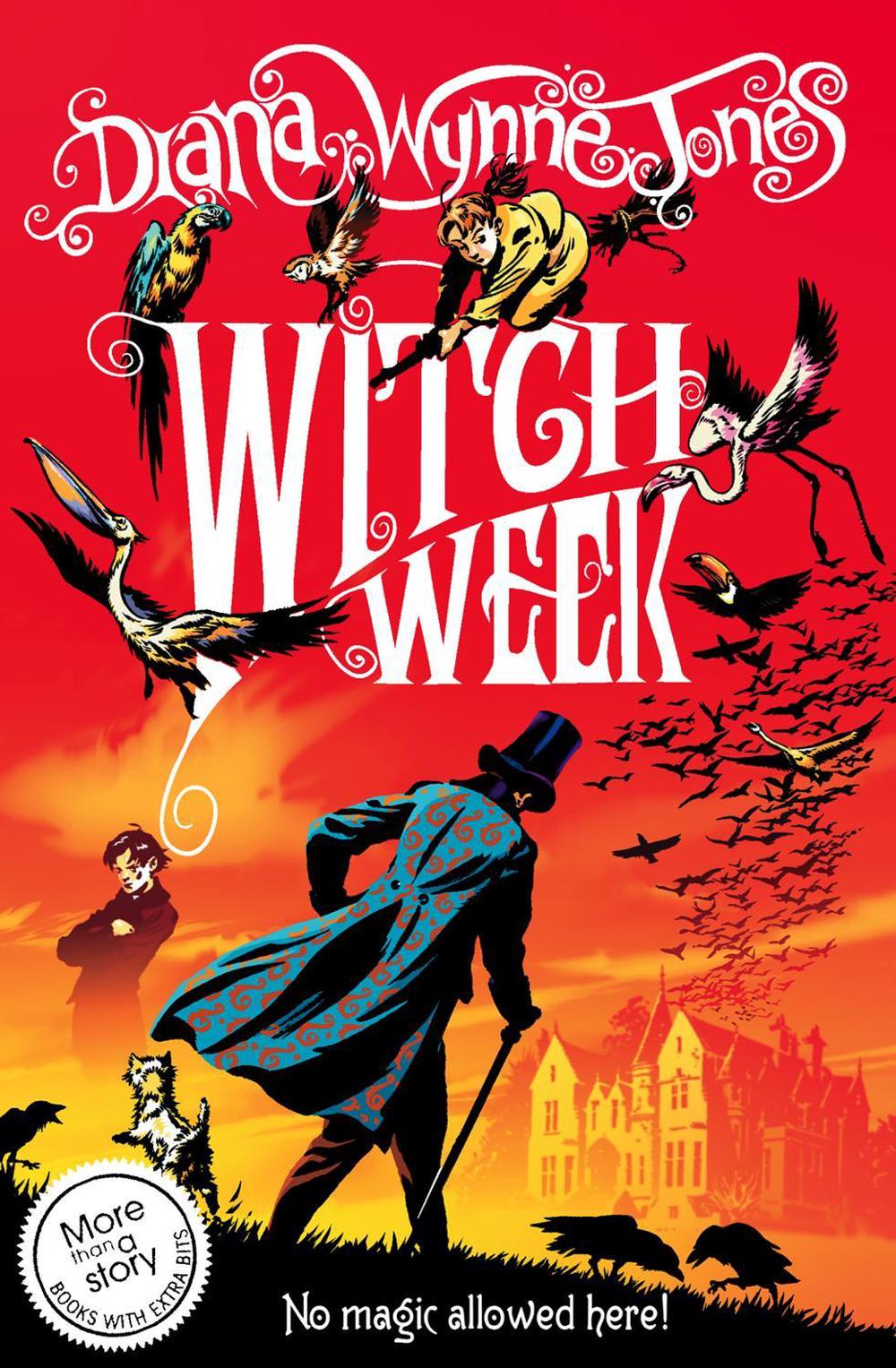

That Freudian slip might be more interesting if Earwig seemed to have some kind of an inner life, based on the evidence of her physical gestures and on-screen behavior. Earwig also doesn’t develop or progress much as a character: she rarely thinks about her orphanage buddy Custard (Yusei Saito), though she does sometimes use his name when referring to her talking cat Thomas ( Gaku Hamada).

There’s no urgency to Earwig’s studies or development as a witch, no real conflict or ticking clock elements of suspense. Earwig’s tune only changes slightly once Bella Yaga puts her to work, completing menial witchy tasks, but never learning spellcraft fundamentals. She’s got everybody at the orphanage wrapped around her little fingers, so she’s not initially thrilled when she’s adopted by Bella Yaga and her reclusive warlock partner Mandrake ( Etsushi Toyokawa). That said: Earwig is different than Annie, Oliver, and so many other fictional orphans before her, in that she doesn’t seem to care about re-uniting with her mom so much as she wants to control her environment. “Earwig and the Witch” isn’t visually dynamic enough to be more than a lumpy cover version of Hayao’s greatest hits, which is especially disappointing since so much of the movie is about the frustration one feels when your parents seem to either not notice or care for you beyond a point. (Even Hayao initially disapproved of Goro’s taking on “Tales from Earthsea,” Goro’s directorial debut, though he later offered some guarded praise: “It was made honestly, so it was good.”)


And while being conventional isn’t necessarily deadly, “Earwig and the Witch” is an underwhelming Ghibli retread thanks mostly to its inexpressive 3-D animation style, as well as Goro’s relative lack of animation experience. There’s nothing new about the generic misadventures of plucky orphan Earwig ( Kokoro Hirasawa), the apprentice to stingy witch-for-hire Bella Yaga ( Shinobu Terajima), and the biological daughter of mysteriously absent rocker ( Sherina Munaf).


 0 kommentar(er)
0 kommentar(er)
